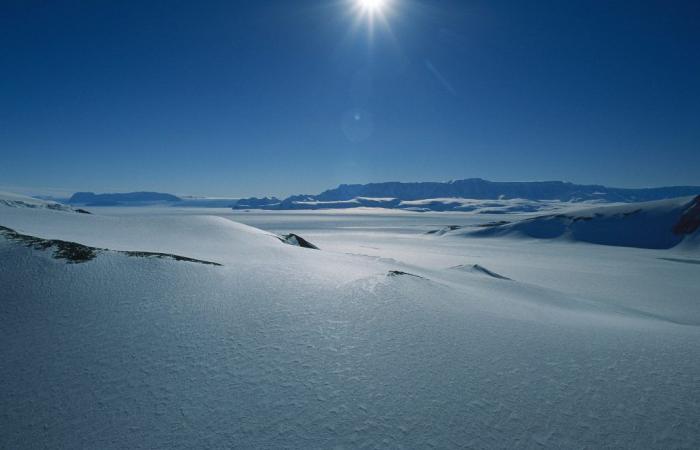
Concentrations of hydrochlorofluorocarbons (or HCFCs) in the atmosphere fell by 1% between 2021 and 2023, according to a study published in the journal Nature Climate Change. Scientists explain that emissions from this family of gases, known for its role in the degradation of the ozone layer and its strong climate impact, reached their peak in 2021, 5 years earlier than expected. The reduction in emissions from thiss gases and their concentration in the atmosphere are expected to continue in the years to come. Indeed, the world must gradually phase out HCFCs within the framework of the Montreal Protocol which, in 2010, established their ban for 2040.
These gases have for a time replaced chlorofluorocarbons (CFCs) because they are less destructive to the ozone layer but there are now gases with a lesser effect on the latter, HCFC having a warming power 1910 times greater than CO2, for a lifespan of 100 years in the atmosphere. The use of this family of gases has already been banned in industrialized countries since 2020 and will be banned in 2040 in the rest of the world.
In 2021, HCFC concentrations reached their peak concentration with a level of 321.69 PPM, while in 2023 their concentration had fallen to 319.33 PPM. This first reduction is an encouraging sign that demonstrates the positive effects of the Montreal Protocol. This international agreement was signed at the end of the 1980s to preserve the ozone layer, by limiting and prohibiting the production and use of gases responsible for its degradation. The agreement, whose success is recognized, is often cited as an example to follow for climate action.
The doctor of chemistry Luke Western, who is the lead author of the study published in the journal Nature Climate Change, believes that: “these results are very encouraging. They emphasize the great importance of establishing international protocols and sticking to them. » This researcher from the University of Bristol adds: “Such success would not have been possible without the Montreal Protocol. It recalls the need for multilateral commitments to combat the degradation of the ozone layer with additional benefits in the fight against climate change caused by human activities. The hole in the ozone layer, which protects the Earth’s surface from the Sun’s ultraviolet (UV) rays, is expected to shrink over the course of the century.
Julien Leprovost
Did you like this article? It was written by one of our editors, support us by making a donation or by relaying it.
Are you interested in other articles on ecology? Register free to our weekly newsletter.
For further
The study (in English) A decrease in radiative forcing and equivalent effective chlorine from hydrochlorofluorocarbons | Nature Climate Change
The University of Bristol June press release: HCFCs media release | News and features
Also read on GoodPlanet Mag’
Reduce the use of products harmful to the ozone layer
Ozone: how to fill the hole
The essentials on the new IPCC report dedicated to solutions to reduce greenhouse gas emissions and mitigate climate change





